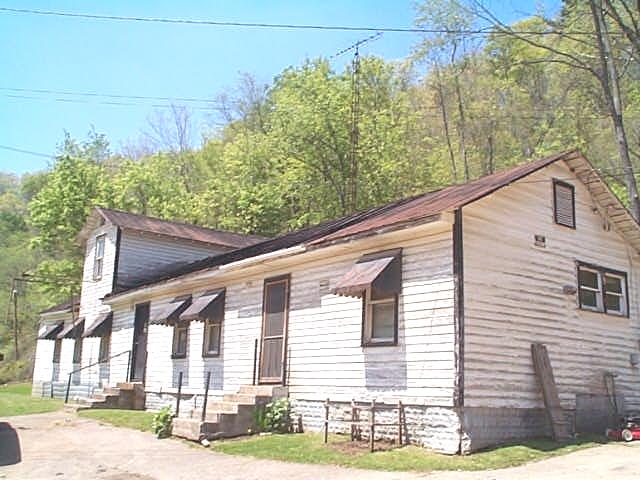
Last of the Mcfarlan road houses
By Bob Weaver 2002
Macfarlan, on the historic Staunton-Parkersburg Turnpike (Route 47) of 1840's and
50's construction, is remembered for its role in the timbering, oil and gas industry,
which came to the front in the late 1800's. A few miles away at Cairo was the
east-west B & O Railroad, a gateway to the greater world.
However, for the most of us, the village was never more than 100 will be remembered
for its rowdy and bawdy road houses, which managed to maintain themselves long
after the village hit its prosperity in the early 1900's. Years beyond prohibition, some
of the saloons held forth through the 1970's.
Macfarlan was like a frontier town, with "dust on my saddle, blood on my boots"
survivors - rough and tumble, with the taming influence of the Catholic Church for the
Irish and German immigrants who came to the area. Many are buried in the Oxbow
Cemetery a few miles away.
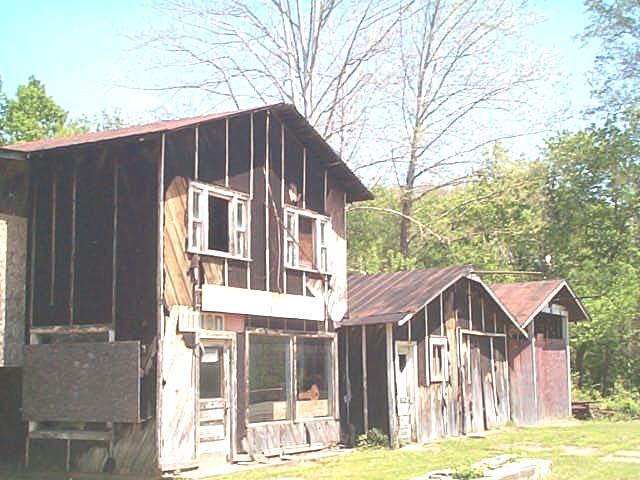
People would stop to "sip and shop"
The village had two hotels, the Dogwood and the Beechwood, and several stores
including the W. R. Hayes Trading Company and the F. J. Lemon Store, in addition to a
blacksmith shop and other amenities.
Local storytellers remember dozens of incidents, brawls, stabbings and shootings.
People would come from miles around to get drunk and participate, according to a
local resident.
"One time the fight got so involved, the brawlers drifted into the middle of Route 47,
closing the highway," they reported.
Calhoun tourists to Parkersburg would stop to sip, breaking the journey, or pour out
of the hills for action on Friday and Saturday nights. I tipped a few "social suds" at
Smitty's in my pre-alcoholic days, if indeed there were such days. It met my need to
socialize in dark and dank places, fitting in.
In the new millennium, the roadhouses have all faded with the rest of the villages
history.
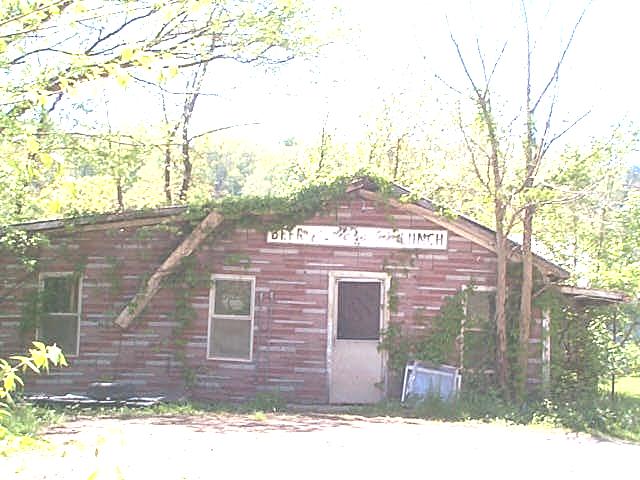
Beer parlor memories overshadows real history
Macfarlan was the terminus of the narrow-gauge Cairo and Kanawha Valley Railroad,
also known as the "Calico Road," whose owners obviously had a vision of going
beyond the small village. The railroad was an extension of a line built from Cairo to
the nearby Ritchie Mines.
The Ritchie Mine "lode" was discovered in 1852, and brought investors and workers
to test and mine the vast deposits of crystallized petroleum, much like mining coal.
The deposits were described as a freak of nature, the only discovery of its type in the
United States. The commercial use faded when "real" oil was pumped from the
earth.
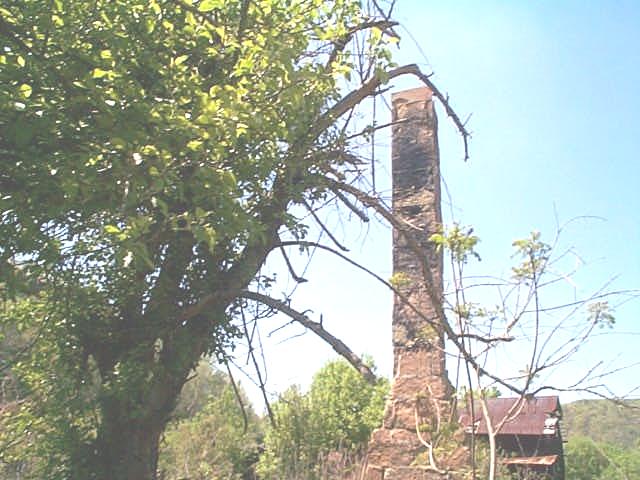
All that remains of the old Cline Nutter place
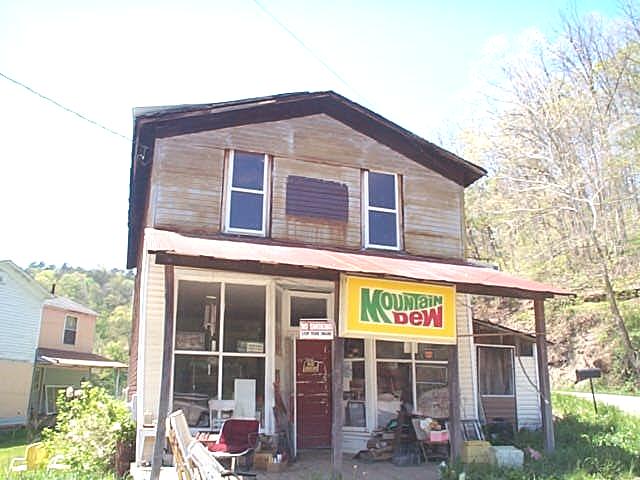
Over toward Cantwell, a real country store, holding on
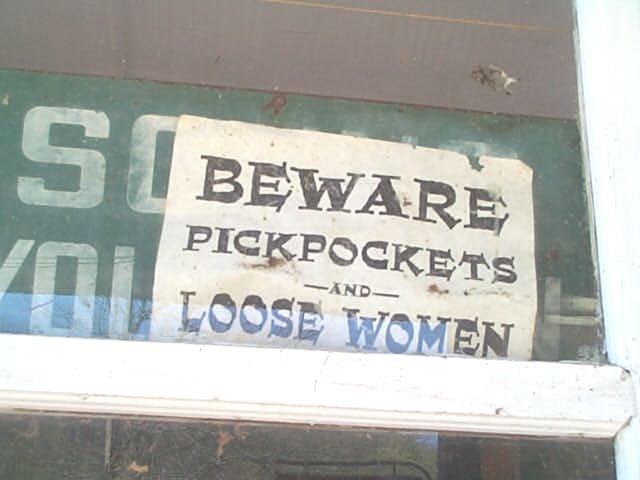
Store's window has signage from 100 years ago
| 


